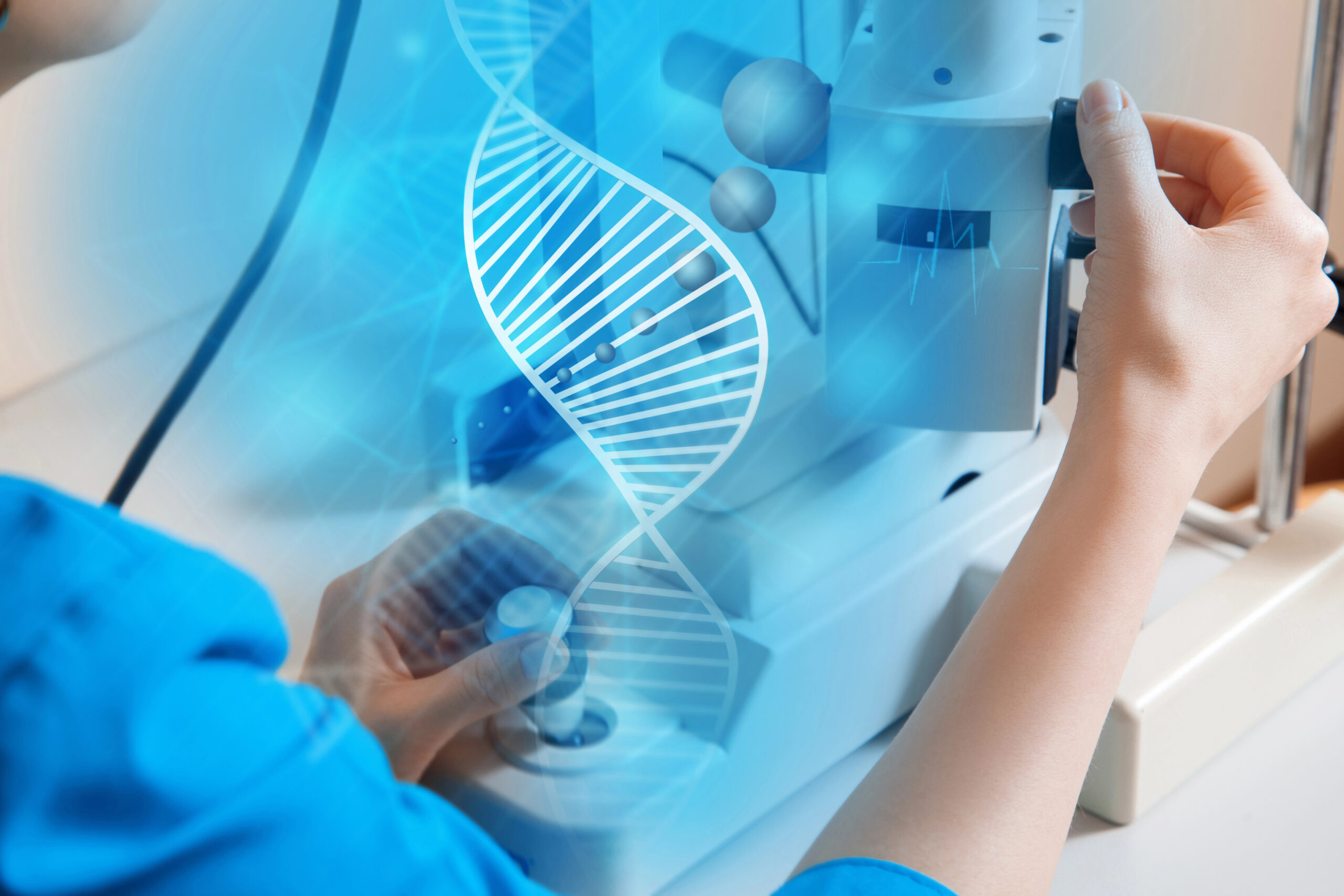Myocardial Infarction (heart attack and acute coronary syndrome)
A myocardial infarction (MI), or heart attack, occurs when blood flow decreases or stops to the heart, causing irreversible death of the heart muscle. It occurs when there is a blockage of one of the three arteries which supply the heart with oxygenated blood.
The Australian Heart Foundation estimates over 400,000 Australians have had a heart attack at some time in their lives. Each year, around 54,000 Australians suffer a heart attack and there is one heart attack every 10 minutes.
Prompt and proper treatment by medical professionals is essential for getting the best possible outcome. Unfortunately, this is not always the case.
The Law Office of Conrad Curry have acted for many people (or their families) after suffering an MI, or heart attack, and who have either been left with significant permanent impairment or died as the result of failure on the part of their doctors and hospital. Shortcomings in clinical practice include failure to recognise the symptoms of an MI, to conduct proper diagnostic tests such as ECG and blood gas to determine troponin levels (a protein released when MI occurs), or to properly evaluate the diagnostic results which should have led to treatment in a catheterisation laboratory.
The symptoms, diagnostic tools and treatment for Myocardial Infarction or heart attack
Myocardial Infarction (‘MI’) or heart attack is the irreversible death of the heart muscle caused by the prolonged lack of oxygen (‘Ischemia’). This arises as the result of a blockage of one of the three arteries which supply the heart with oxygenated blood.
Symptoms of MI or heart attack include shortness of breath, fatigue, chest discomfort and sometimes epigastric issues such as a feeling of indigestion, fullness or gas. Typically, chest pain will be sub-sternal and may radiate to tech shoulder and down the left arm. From the perspective of vital signs there may be an increased heart rate, irregular plus, raised blood pressure, high respiratory rate and coughing or wheezing.
The ECG is the most important tool in initial evaluation in Acute Coronary Syndrome (‘ACS’). However, it is not entirely effective especially where the MI is a Non STEMI as opposed to STEMI. The most reliable marker is the troponin levels on blood gas. Troponin is the protein which is released when MI occurs.
Where there is STEMI it is reasonable and appropriate clinical practise to ensure that the patient is treated with aspirin and nitroglycerin and ECG telemetry is employed. The patient may also require emergency coronary angiography in a catheterisation laboratory. Coronary angiography involves the insertion of a catheter into the vascular system which is treated through the arteries to the heart and the injection of non-contrast dye to diagnose blockage or stenosis. Often a blockage will occur as the result of the build up of atherosclerotic plaque. If detected physicians can conduct percutaneous coronary intervention (‘PCI’) of coronary angioplasty to insert a stent or carry out coronary bypass graft surgery which will allow blood to flow freely to the heart again. Even in cases where there is non-STEMI, it may be advisable to undergo angiography and PCI.
A catheterization laboratory or cath lab is an examination room in a hospital or clinic with diagnostic imaging equipment used to visualise the arteries of the heart and the chambers of the heart and treat any stenosis or abnormality found.
Many hospitals do not have catheterisation laboratories. NSW Health Policy requires thrombolysis – clot busting treatment in those cases.
DISCLAIMER
This article reflects the current law at the time of publication. It is intended for informational purposes only and does not constitute legal advice. The actual decisions in each case are summarised for general understanding. For specific legal guidance in relation to your situation, please consult with a qualified legal professional.










